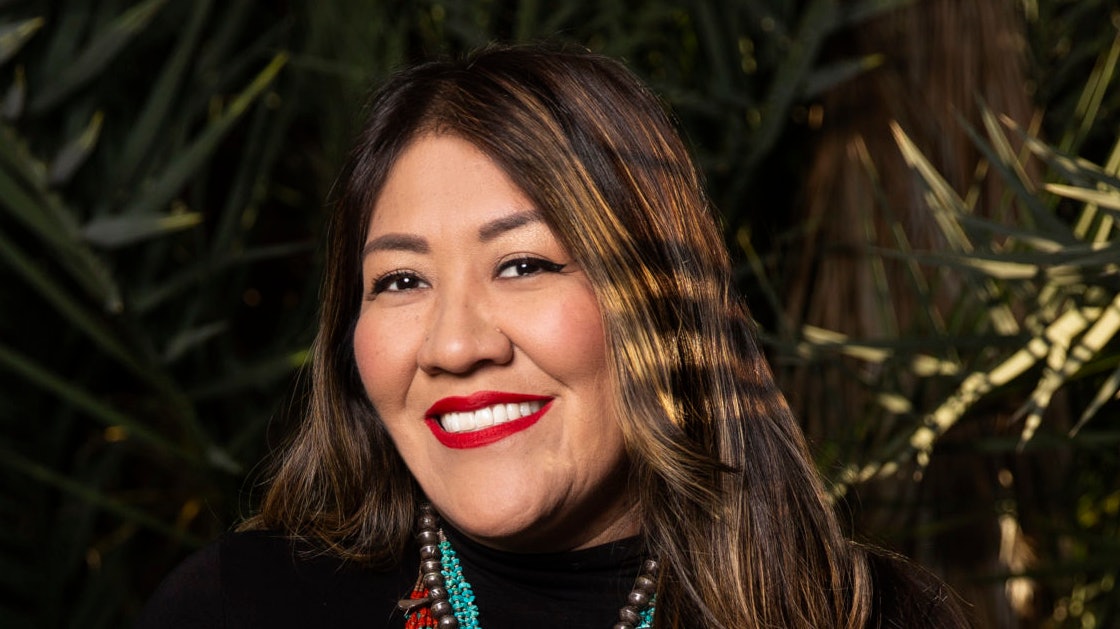New research reveals shortcomings in how higher education collects, reports, and analyzes data on Indigenous students and undermines efforts to promote equity by limiting institutions’ and policymakers’ understanding of the group’s experiences.
“Layers of Identity: Rethinking American Indian and Alaska Native (AI/AN) Data Collection in Higher Education,” released by the Institute for Higher Education Policy (IHEP), examines the efficacy of AI/AN student data collections.
 Amanda R. Tachine
Amanda R. Tachine
Tachine said current data collection methods fail to capture the full tapestry of who AI/AN students are and perpetuates historical harms, enabling present-day erasure.
IHEP’s research brief noted that the two primary methods used to identify and count AI/AN individuals in higher education, self-identification and tribal enrollment verification, each have limitations that can lead to exclusion or misrepresentation.
Federal definitions of race and ethnicity have not historically captured the nuances of AI/AN identity, which has led to the undercounting of Hispanic and multiracial AI/AN students, diminishing the ability of researchers, policymakers, and Tribal nations to fully understand trends among Indigenous students. New standards from the Office of Management and Budget (OMB) announced in March 2024 are expected to improve the collection of data on AI/AN populations, particularly for the categorization of AI/AN students with Hispanic ancestry.
Layers of Identity urges shifts in data collection practices to better understand AI/AN student identities and experiences, such as: 1.) building strong partnerships with Tribal leaders and researchers to design inclusive, culturally responsive data collection methods; 2.) collecting Tribal affiliation data, oversampling AI/AN-student populations, and incorporating Indigenous data collection methods; and 3.) collaborate with Indigenous leaders and Tribes when implementing OMB’s revised race and ethnicity standard.
#Report #Colleges #Struggle #American #Indian #Alaska #Native #Student #Data #Collections










